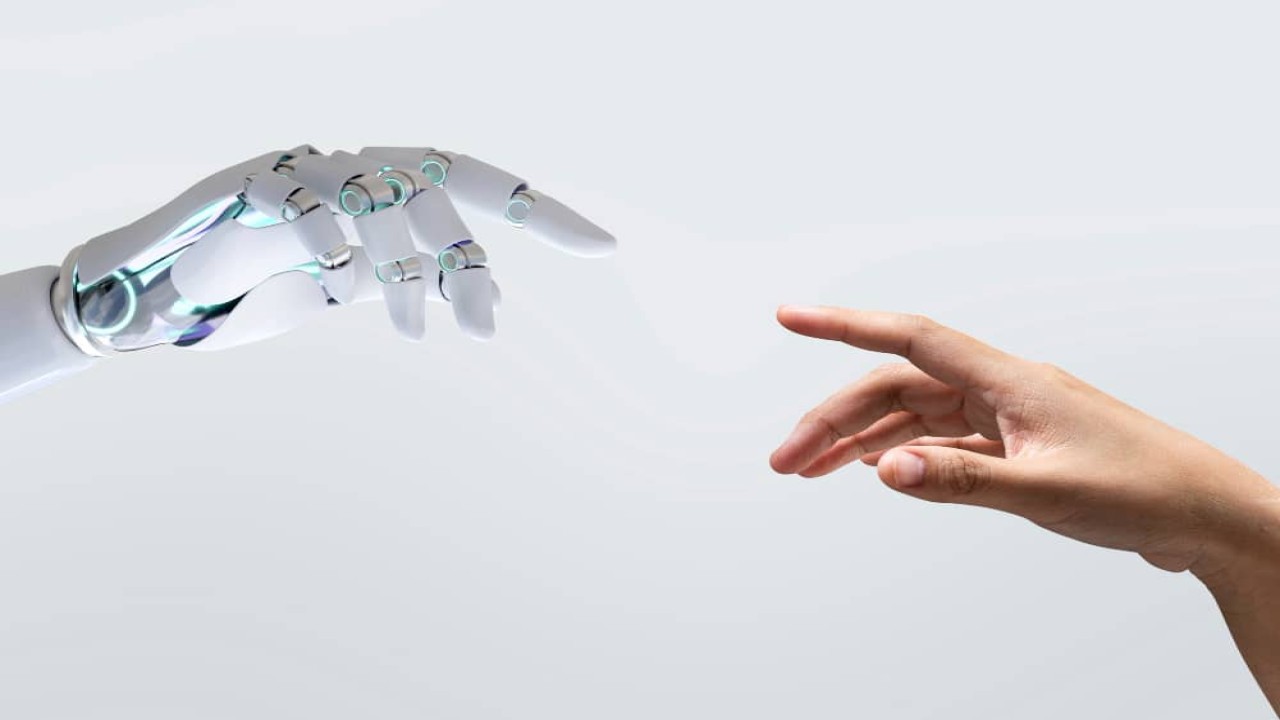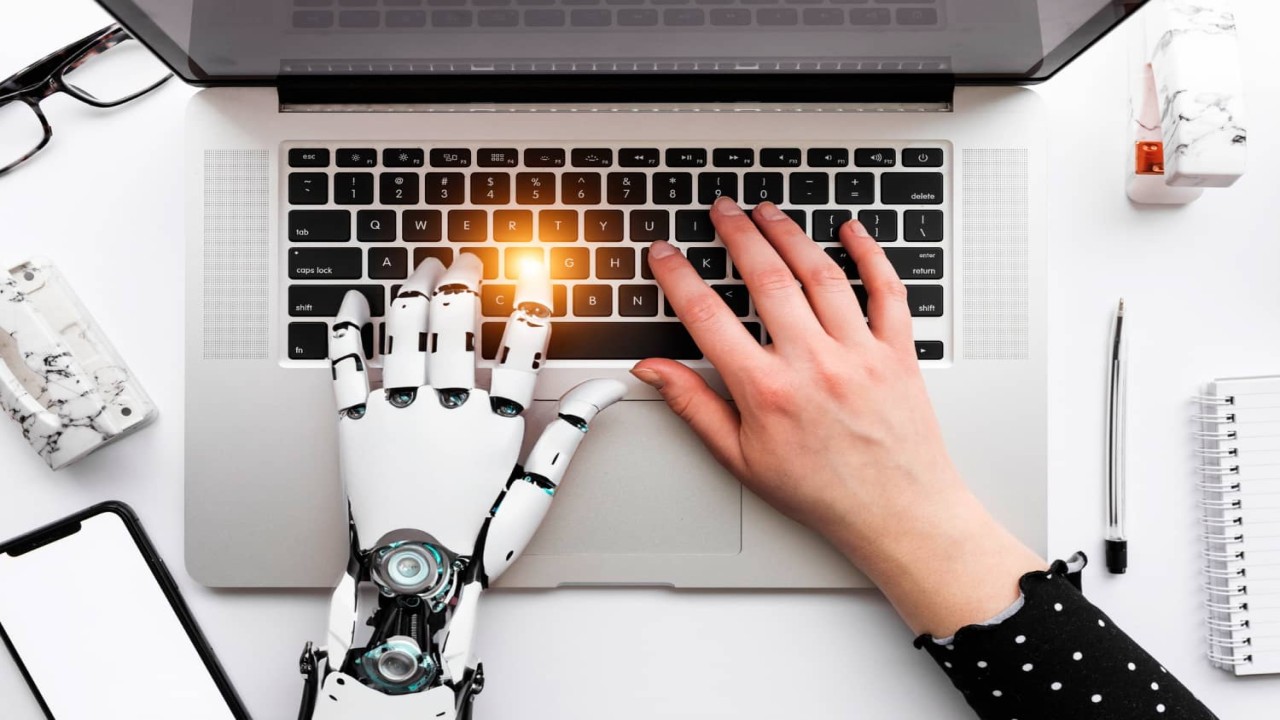The future of image generation with Artificial Intelligence
When thinking about the stride we’ve made in Artificial Intelligence (AI) technology in recent years, few sectors come to mind more prominently than the field of image generation. AI has revolutionized the process of creating lifelike images, and shows no sign of slowing down. In this blog post, we’ll look at how this technology works, where it’s headed in the future, and some of the implications of AI-powered imagery.
To understand this technology, it’s first important to recognize the difference between AI-generated images and traditional photography. With traditional photography, light is used to capture an image, which is then stored as a physical representation of what was depicted in front of the lens. On the other hand, AI-generated imagery is a form of computer-generated imagery (CGI), with the model being composed using various algorithms instead of physical components.
In essence, Artificial Intelligence provides a framework which can be used to create realistic images from scratch. This process starts with a comprehensive “seed” which consists of a set of parameters that determine the features of any given image. Using this seed, AI can quickly generate visuals which mimic those seen in real life.
A key difference between traditional photography and AI-generated images is that you don’t need to have any photographic experience to create an AI-powered image. This opens up new opportunities for creative expression, enabling even novice creators to produce stunning visuals with minimal effort. Plus, since the end results are more detailed than realistic photography, it’s now possible to create visuals that could never be achieved through taking actual photos.
The implications for this technology are vast and far-reaching. AI-powered images are being used in various industries for everything from product photography to digital advertising and even fashion design. The potential applications are far too numerous to list in this post, but the most prominent uses are likely in the media industry. Hollywood motion pictures now use computer-generated imagery to create both subtle special effects and jaw-dropping visual spectacles which would have otherwise been impossible to recreate without heavy reliance on CG graphics.
Although our current level of sophistication with AI image generating is impressive, we can expect to see even more impressive breakthroughs in this technology in years to come. Advances such as Generative Adversarial Networks (GANs) are allowing for tweaks such as manipulation of images generated in specific ways or by specific algorithms, as well as generative searches for desired images based on color schemes or textures. There's also deep learning technology poised to revolutionize image optimization by introducing an array of automatic tasks such as rationalizing composition and detecting anomalies on pictures with remarkable accuracy.
With such promising developments on the horizon, it's easy to imagine how Artificial Intelligence will transform image generation even further over time — making way for more stress-free creation processes and innovative applications in a broad range of industries. What’s certain is that this technology is changing our lives for the better, continuing to open up endless possibilities for creators throughout the world.








Comments (0)
No comments found